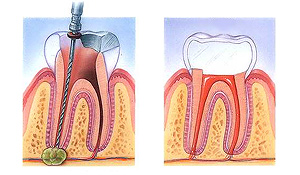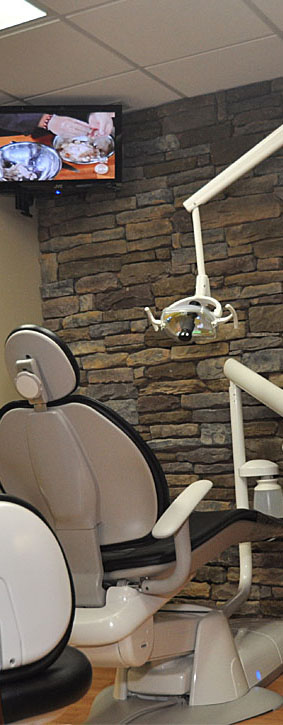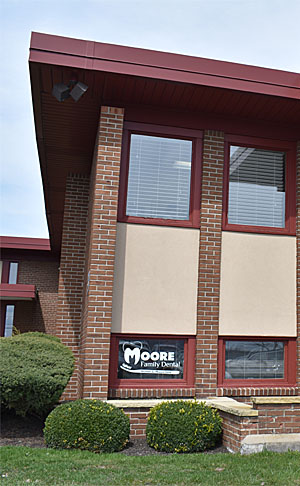 Sometimes a cavity is not just a small area of decay on the surface of your tooth. If that’s the case, a traditional filling will not solve the problem. If the cavity is deep enough to reach the nerves in the root of the tooth, the dentist will most likely suggest a root canal.
Sometimes a cavity is not just a small area of decay on the surface of your tooth. If that’s the case, a traditional filling will not solve the problem. If the cavity is deep enough to reach the nerves in the root of the tooth, the dentist will most likely suggest a root canal.
Root canal. What does the phrase mean to you? It is one of those things that fills many people with dread, but few people understand exactly what a root canal is. A root canal is a way of saving a portion of the tooth once a cavity has reached the nerves. The process, which will result in the removal of the nerves from the roots of the tooth, generally is completed over the course of two office visits. Although patients may approach the procedure with anxiety, it’s far better than the alternative. If left untreated, a deep cavity can become infected and develop an abscess. The abscess, in turn, can lead to bone loss in the jaw, excruciating pain and ongoing health problems.
When the dentist begins the procedure, the first step is to numb the tooth and surrounding area with anesthetic. Moore Family Dental makes this step easier with the use of the CompuDent Wand, a technological innovation that allows for pain-free delivery of anesthesia. When this step is easier for the patient, the entire procedure is less stressful. Next, the dentist will need to clean the lower areas of the tooth (root canals) so they are free of bacteria and any interior “pulp” tissue which may cause sensitivity. The canals are then dried and sealed. Since the nerve and blood supply to the tooth have been taken away, a permanent filling may become brittle over time, resulting in a cracked tooth. For this reason, dentists often recommend a crown –which can provide more long-term tooth restoration.
As noted above, root canals are not done for regular cavities. A root canal procedure is used when a nerve is damaged or exposed in some way, such as through certain major cavities, a crack in the tooth, or as the result of an injury.
Only the dentist can determine whether a root canal is necessary in a particular case; however, certain conditions may indicate a possible need for a root canal. You can use the following checklist to help you determine whether a root canal may be called for.
- Do hot or cold food or beverages cause a toothache?
- Do you find it excruciatingly painful to eat?
- Is your tooth sore to the touch?
- Do you have a severe toothache?
- Do you have a bump (possibly filled with pus or blood) on your gum?
- Do you have pain that may radiate from one part of your mouth to another or from your mouth into your head or your ear?
After your root canal, you may need to take antibiotics to clear up any remaining infection. If so, make sure you take them even if you feel fine and do not think any infection exists. Monitor your reaction to the medication and call the dentist if you have any problems with it. In addition, make sure you follow the dentist’s instructions, especially about how and what to eat, especially with regard to foods you should avoid. Call the office if you begin to experience new pain after the procedure or any other problems arise.



